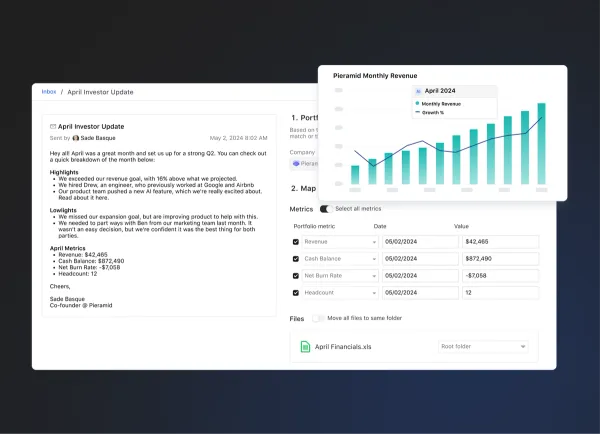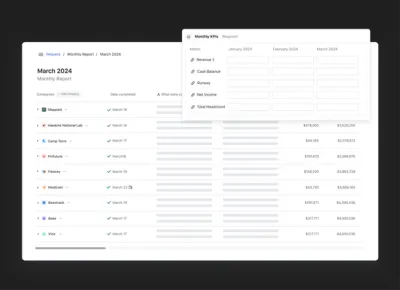
If you’ve been following along at home it may feel like seed rounds are exploding in size. However, this is not just a feeling but a fact. Not long ago, it felt like $500k to $1M was getting up there in size for a seed deal. Fast forward to today and we are seeing seed deals pop up well in excess of $5M.
As Elizabeth Yin, Founder of Hustle Fund, put it, “I’m seeing massive party rounds here in San Francisco — $3 million – $5 million seed rounds. Sometimes $10 million rounds right out of the gates! My friend, a fantastic serial entrepreneur with an exit, raised $8 million recently at $30 million+ post-money valuation with only a very early version of a product. Investors literally threw money at her and her round was oversubscribed.”
Defining exactly what a seed round is today has become more subjective. You’ll often see companies raise a pre-seed, a seed plus, or seed extension, etc. The explosion of the traditional seed round size has cemented the rise of the pre-seed round. No doubt the pre-seed round has been around for years but is becoming more prevalent.
What is Pre-Seed
Put simply, “a Pre-Seed round is a pre-institutional seed round that either has no institutional investors or is a very low amount, often below $150k.” The pre-seed round gives a startup the opportunity to continue developing a product and create a plan to generate significant revenue.
How to Raise a Pre-Seed Round
If you set out to raise a pre-seed round a few things must be true:
- You have some proof of concept or early product
- The market has desired some form of need for a product/solution
One of the interesting aspects of raising a pre-seed round is the lack of traction and metrics you will likely have. A later stage fundraise will likely revolve around metrics, financials, and data (on top of your product, market, and team) but a pre-seed round will revolve around concepts and vision.
The lack of traction will also add an extra focus on the founding team. If you have no traction but a proven track record it will ease the decision making process for a pre-seed investor. If you have no traction and no track record, raising a pre-seed round will be even more difficult. Your ability to pitch and demonstrate your ability to build a product and model your total addressable market are a must.
Successfully closing a pre-seed round is just the start of your startup journey. Being able to deploy the capital to build a product, sell to customers, and attract top talent will be vital to raising future rounds (seed, series a, etc.).
If you’re just getting started with your pre-seed pitch, be sure to check out our other fundraising content. Good luck!




